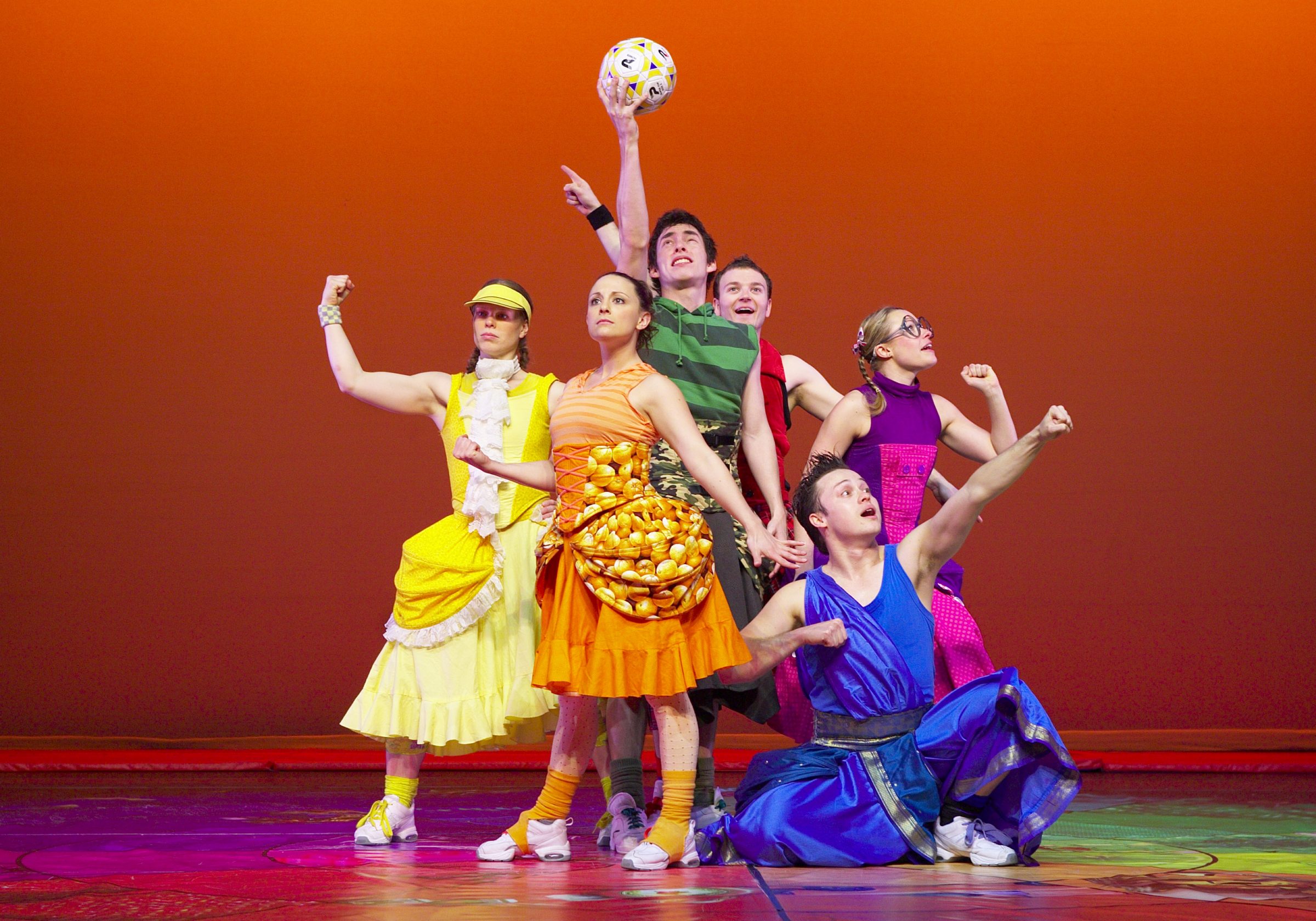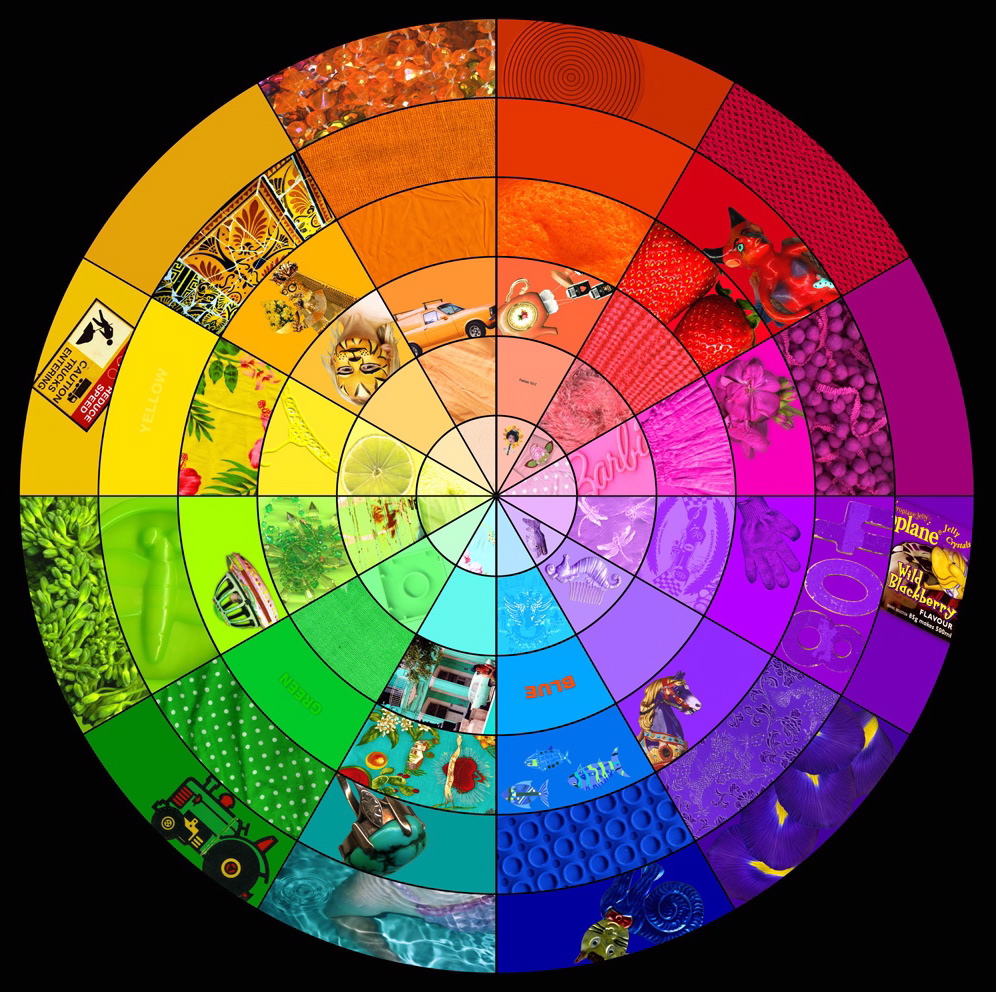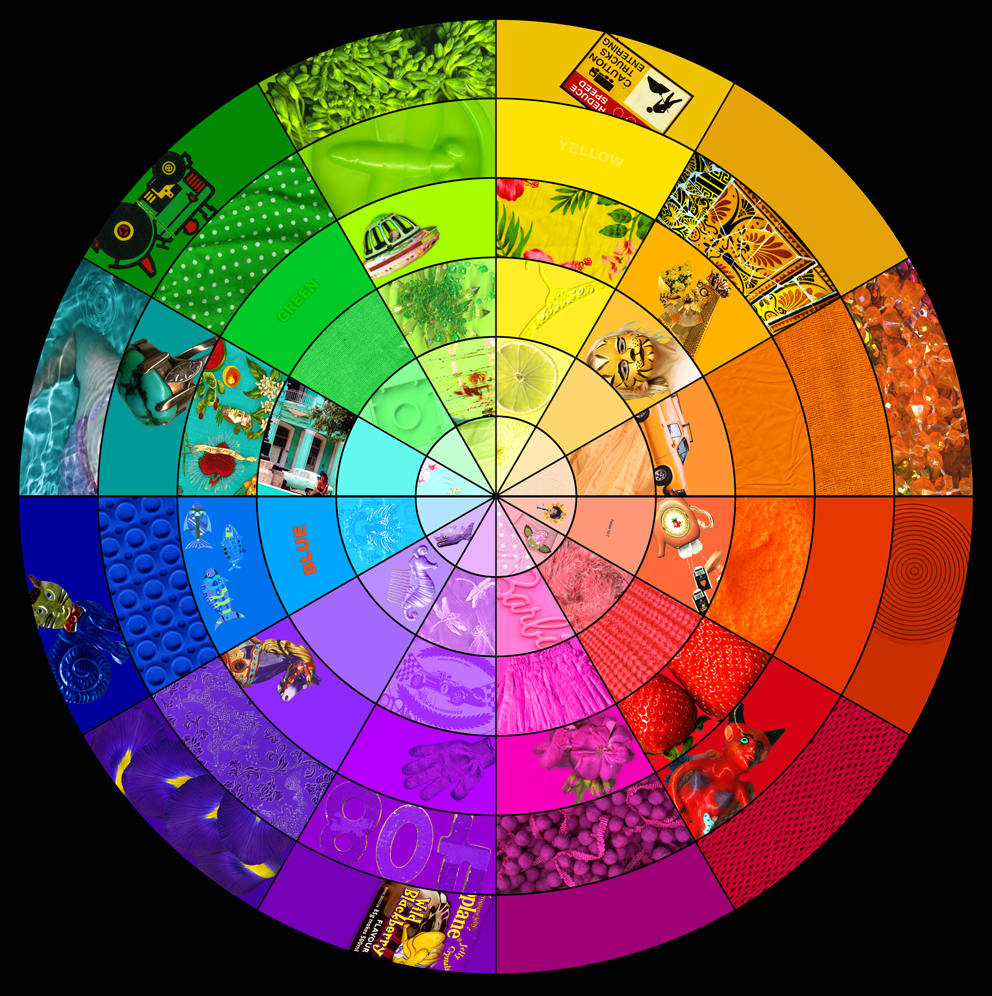Buzz Dance Theatre
This dance theatre work used olour is a springboard for an immersive dance, sound and visual arts event that overtook entire schools when toured in Western Australia, and worked as a highly socially engaged presentation within festivals in Adelaide (COME OUT 2008) and Seoul (ASSITEJ 2009).
Buzz Dance Theatre was dedicated to creating programs for children that broke down the boundaries that separate art forms or divide art from other types of communication. Their inspiring performances emulate the fluidity with which young audiences engage with art and technology in Australian culture.
Trialled first in 2006 as Colourwheel in Greenmount Primary School in the hills of Perth, WA, the work engaged approximately 430 K-7 students augmenting exciting educational and cultural programs existing in the school including Music, Art and Physical Education programs. 2007-9, the work became Cinderella Dressed in Yella and toured in Western Australian schools before heading to public venues (though still with school workshop and student performance element) in Adelaide and Seoul.
Colourwheel was a meeting of minds as well as disciplines, and utilising creative input from 120 Greenmount Primary School students as well as a team of arts professionals to create a performance for the entire school. Two key ideas prompted the conception of this work.
Firstly, that colour is already “loaded” with many different meanings that can be expressed in many art forms.
Secondly, colour is a readymade conduit to the emotions, ideas and experiences of the young performers and the audience.
‘Violet reminds me of my Nanna, her favourite colour. My nanna died but I admire her, I have many memories. She used to make all her own clothes, quite often purple or violet or mauve. My nanna was really tiny and when I hugged her I had to be careful not to break a rib’.
Rachel Usher, dancer
Felicity Bott, Artistic Director of Buzz Dance Theatre, along with five dancers spent two days in workshops and rehearsals with 90 students, “mixing colours” using simple dance choreography. Colourwheel hooked into a child’s existing interests and then moved beyond to engage the child in experiences that were exciting, open ended, new.
‘What was really amazing was how quickly the artists got the kids performing. There was no teaching by rote, as the kids created the dance, learnt it and then performed it. This greater investment meant [the students] worked very hard. They were proud of themselves and felt lucky to be involved. It was a huge surprise that it could happen so quickly. They looked like they had been practicing for weeks!’
Christine Brown, teacher
The music was created and performed by cellist and vocalist Melanie Robinson and incorporated the results of a sound-recording workshop with 12 children who wrote and recorded poems about art and colour.
‘It blew my mind … the kids were so engrossed as audiences and as performers. We chose kids from every class, creative kids, whether or not they would be comfortable on stage, and gave kids not usually good in class a chance to perform well…The language that the children have used since [the performance] is at a much higher level. We did follow-up activities in classroom about performance and why it’s important and how it makes you feel. This got everybody talking about art and seeing it as a valuable and exciting thing”.
Christine Brown, teacher.
An eight-metre mat was the “set” for the performance, made by visual artist, Paula Hart, was an outcome of workshops with 30 children in the weeks preceding the performance. The mat follows the pattern of an artist’s colour wheel; the design interprets colour to stimulate all the senses and to tap into a pre-teen sense of humour. For instance, yellow is represented not only by sunflowers but by stained teeth and vomit too. Many lessons are transferable to other areas of life, such as how to deal with frustration, as students experienced that “good” colour-mixing can elude you till the last moment. And as one child said,
“I felt really proud of myself … We were doing lots of duos and you had to really trust the other person and be trusted as well”.
‘Children worked as a team, knowing they can work with someone they mightn’t necessarily get on with … but in the context of working toward a major aim, learning skills of give and take, of trusting, those are skills that are really important. It encourages kids to take ownership of their behaviour and be proud of their achievements.
Scott Stene, Principal.










